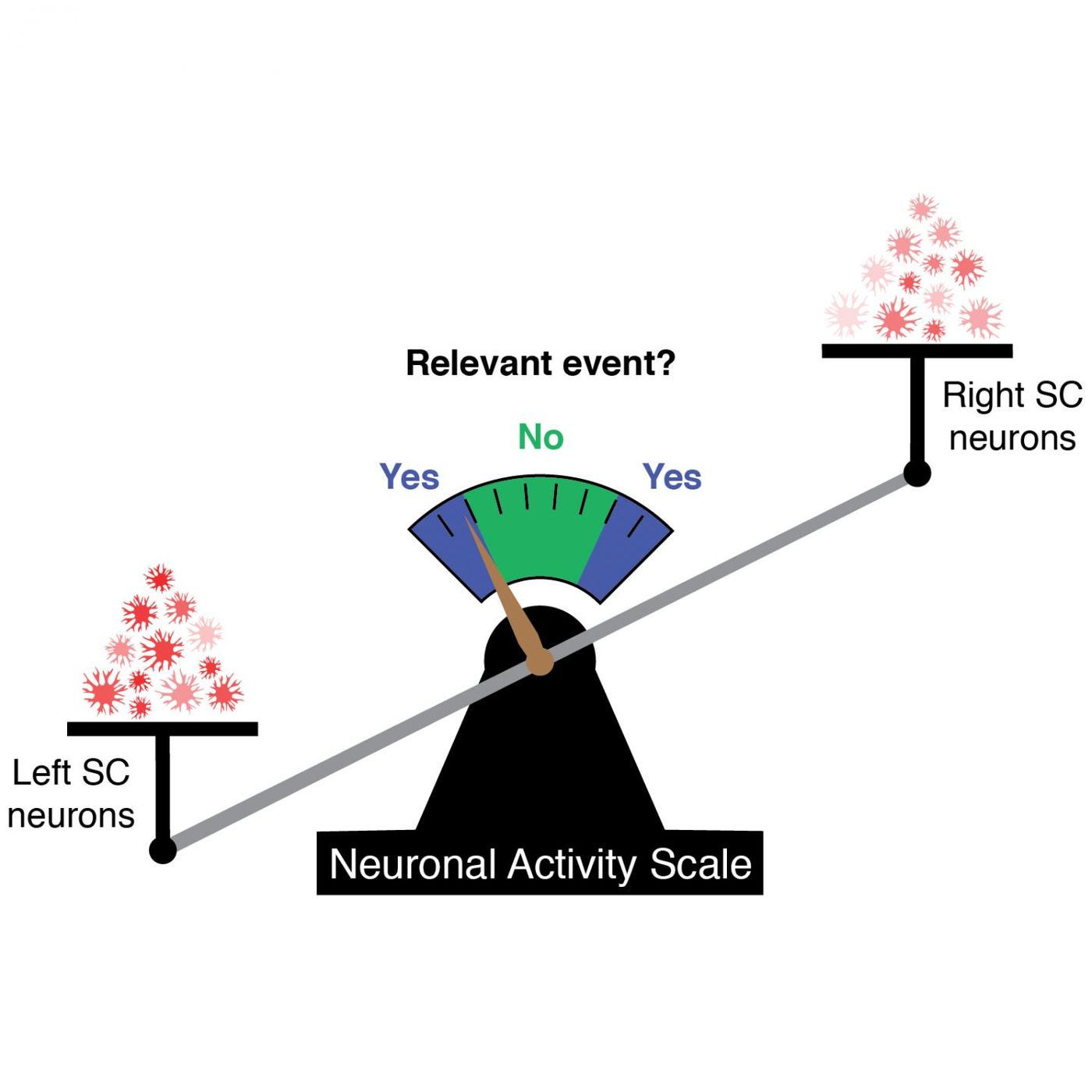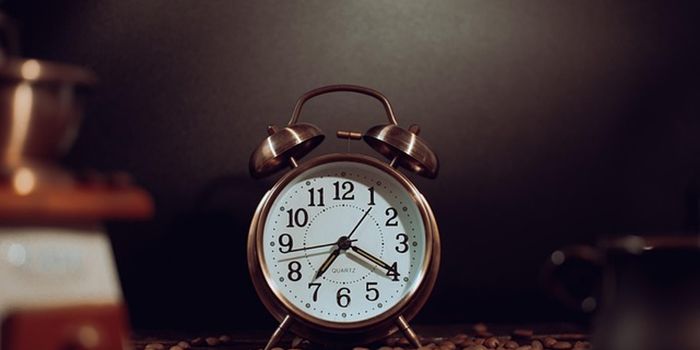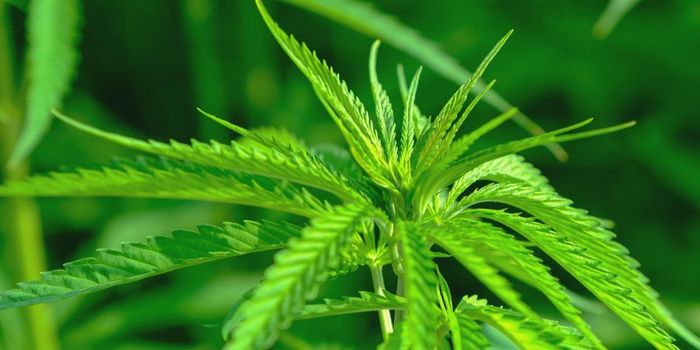Behavior Predicting Neural Code Identified
Perceptual choice behavior, taking action based on the information received from the senses is often described by mathematical models. Although the associated neural activity was interpreted in 2007, translating the simulated evidence to the complex biological process has been challenging. Additionally, identifying the exact code and the behavioral changes to subtle changes in the neural code had proven to be difficult to test.
Researchers at the National Eye Institute (NEI) have investigated the neurons in the superior colliculus (SC) as they have activity related to target probability and comprise an activity map of the visual field. Previous work published by the same team showed that SC neuronal activity correlates with behavior in a covert color-change detection task. So, the scientists hypothesized that SC neuronal activity would be ideal to test decision outcome when a relevant or irrelevant perturbation occurs. The findings were published today in the journal Nature Neuroscience. NEI is part of the National Institutes of Health.
In their new study, Krauzlis, Herman, and colleagues used an "accumulator threshold model" to study how neuronal activity in the superior colliculus relates to behavior. This model assumes that the information builds up over time until it hits a certain threshold, after that a person or animal makes a decision. Because individual neurons can slowly build up information in this way, Herman and Krauzlis elected to use neuronal signals (instead of the experimental stimulus) as the input for their behavior-prediction model. Two non-human primates were tested for their behavioral responses and neuronal firing patterns in response to a covert color-change detection task. The monkeys were trained to release the joystick in response to subtle saturation changes at a relevant (cued) location and ignore changes at an irrelevant (uncued) foil location.
The findings support the notion that neurons in the SC are critical players in allowing us to detect visual objects and events. This structure doesn't help us recognize what the specific object or event is; instead, it's the part of the brain that decides something is there at all. By comparing brain activity recorded from the right and left superior colliculi at the same time, the researchers were able to predict whether an animal saw an event. The study provides evidence that, if the difference in neuronal activity between the two sides reached a specific threshold (e.g., neurons in the right superior colliculus fired more strongly than the left), the monkey would release the lever, confirming visualization of the event. To further confirm this finding, the researchers perturbed the neural activity on one side by either inhibiting on increasing the neural tone, and the behavioral responses were altered.
Image: Greater activation of neurons on one side of the superior colliculus versus the other signals the detection of a relevant event. Credit: James Herman, Ph.D., National Eye Institute
"While we've known for a long time that the superior colliculus is involved in perception, we really wanted to know exactly how this part of the brain controls the perceptual choice, and find a way to describe that mechanism with a mathematical model," said James Herman, Ph.D., lead author of the study.
"The superior colliculus plays a foundational role in our ability to process and detect events," said Richard Krauzlis, Ph.D., principal investigator in the Laboratory of Sensorimotor Research at NEI and senior author of the study. "This new work not only shows that a specific population of neurons directly cause behavior but also that a commonly used mathematical model can predict behavior based on these neurons."
One reason for using the color change stimulus, Krauzlis said, was that the superior colliculus doesn't itself process this information. Instead, other parts of the brain process the changing color and transmit that information to the superior colliculus for a decision to be made. In essence, this simple differential threshold of neuronal activity in the superior colliculus triggers the animal to report the presence of something in the visual field.
"It's surprising to discover that despite the sophisticated visual machinery that we have in the cerebral cortex, these evolutionarily older structures are still critical for the visual perception that we're used to," said Herman.
"For this sort of task, where you're not asked to say exactly what was the thing, but you're just saying, did it happen, then this activity in the superior colliculus seems to be both necessary and sufficient," said Krauzlis.
While the model accurately predicted behavior based on activity in the superior colliculus, the pattern of activation of neurons in the superior colliculus and the signal threshold itself was unique to each monkey, meaning that each monkey had its behavioral signal code.
For more information on how this neural code is decoded, watch the video by Marlene Behrmann, Professor at Carnegie Mellon University.
Sources: AAAS Eurekalert, Nature Neuroscience









